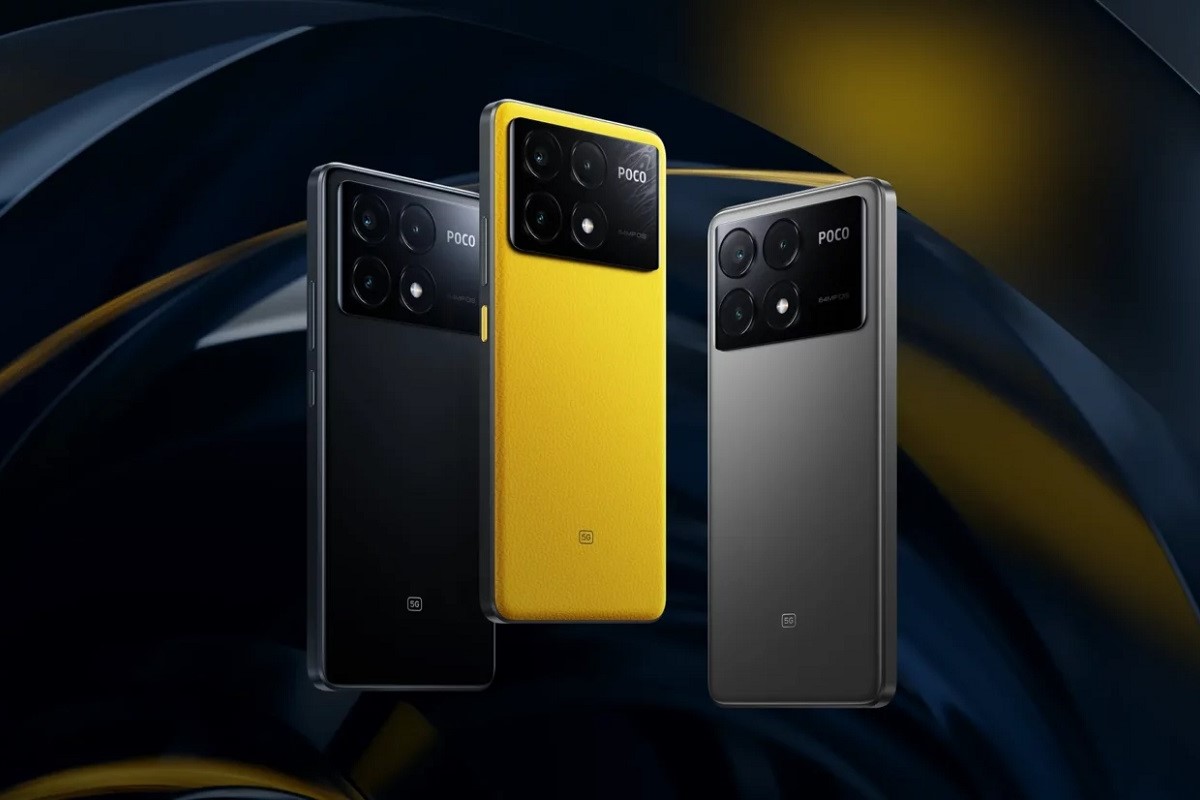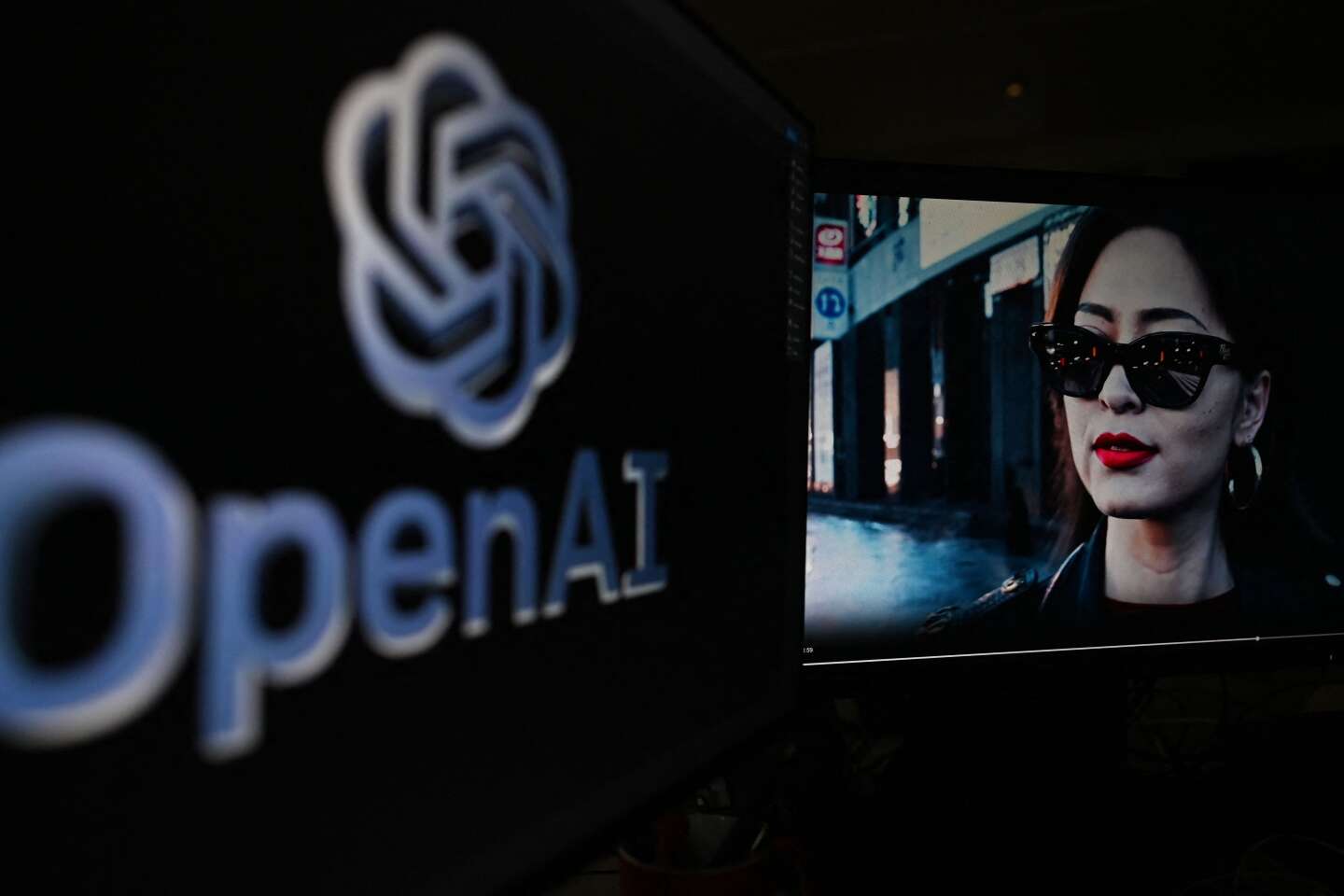Nothing Phone 2a, Xiaomi Redmi Note 13 Pro Plus, Google Pixel 7a, Samsung Galaxy A54 or POCO F5 Pro

A mid-range smartphone might be more than enough for you, but between the Nothing Phone 2a, Xiaomi Redmi Note 13 Pro Plus, Google Pixel 7a, Samsung Galaxy A54 and POCO F5 Pro, that’s really made for you. ? Here are their key technical characteristics to help you make your choice.
The design of a smartphone is often the first criterion of choice. Thus, the Nothing Phone 2a is distinguished by its two horizontal photo sensors on the back and a semi-transparent shell with flat edges, available in black or white. The Samsung Galaxy A54 5G sports a sleek style with an artfully arranged photo sensor, offered in silver, graphite, lavender and lime with a plastic frame. The POCO F5 Pro features photo sensors in a traditional layout, which also offers black or white color options with a frame made of plastic. Xiaomi Redmi Note 13 Pro+ 5G opts for sensor placement in the upper left corner in black, purple and white colors. Finally, the Google Pixel 7a integrates its sensor into a horizontal bar, available in blue, grey, coral or white, with a glass frame.
In terms of dimensions, the differences are subtle but significant. Google Pixel 7a is the most compact at 152mm height, 72.9mm width and 9mm thickness, while POCO F5 Pro is the largest at 162.78mm height. In terms of weight, the Xiaomi Redmi Note 13 Pro+ 5G and the POCO F5 Pro are heavier at 204 grams, as opposed to the Google Pixel 7a, which is slightly lighter at 193.5 grams.

Battery capacity is crucial for smartphone autonomy. All models offer the same capacity around 5000 mAh, with the exception of the Google Pixel 7a with 4400 mAh. However, it’s the charging speed that really sets these devices apart. The Xiaomi Redmi Note 13 Pro+ 5G beats out its competitors with 120 watts of fast charging, which promises a very quick recharge, while the Google Pixel 7a offers the least powerful charging at 20 watts. Only the POCO F5 Pro supports wireless charging, which adds an undeniable practical advantage.
![]()
Which screen is the best and which is the most powerful?
Display is another important area when choosing a phone. All the smartphones in this comparison offer AMOLED panels that are appreciated for their infinite contrast and bright colors. Screen sizes vary slightly but remain in the 6.1 to 6.7 inch range, offering an ideal compromise between visual comfort and portability. Xiaomi Redmi Note 13 Pro+ 5G and POCO F5 Pro stand out for their high definitions and maximum brightness, which promises flawless readability even in direct sunlight. A refresh rate of 120 Hz, common to most models except the Google Pixel 7a (90 Hz), ensures admirable display fluidity, especially when scrolling and using dynamic content. The screen protection technology for Xiaomi Redmi Note 13 Pro+ 5G changes with Corning Gorilla Glass Victus, which represents the top in terms of scratch and impact resistance.

Smartphone power is the primary criterion that directly influences the experience, in terms of fluidity, application execution speed and multitasking ability. POCO F5 Pro stands out with its Qualcomm Snapdragon 8+ Gen 1 processor, a power monster that boosts high-level performance for video games and resource-intensive applications. It is closely followed by the Xiaomi Redmi Note 13 Pro+ 5G which features the MediaTek Dimensity 7200-Ultra, which is also recognized for its remarkable capabilities. The Nothing Phone 2a features a specially optimized MediaTek Dimensity 7200 Pro, which offers a balance between energy efficiency and performance. The Samsung Galaxy A54 5G uses an in-house processor, the Samsung Exynos 1380, which ensures a smooth everyday experience. Finally, the Google Pixel 7a builds on the Tensor G2, emphasizing artificial intelligence and software optimization. RAM and internal storage are also worth considering, a special mention for the Xiaomi Redmi Note 13 Pro+ 5G which offers up to 512 GB of internal storage, although only the Samsung Galaxy A54 5G allows expansion via microSD card.

What configuration and what connectivity for photos?
Photographic capabilities have become a major issue for smartphone users. Among the selected models, the Xiaomi Redmi Note 13 Pro+ 5G surpasses its competitors with a 200 megapixel main sensor, allowing a very remarkable capture of details, especially in low light conditions. It is complemented by ultra-wide-angle and macro sensors, offering admirable versatility. The POCO F5 Pro also fares well with its 64-megapixel sensor, which offers excellent optical stabilization. The Nothing Phone 2a and Samsung Galaxy A54 5G offer more balanced configurations with a 50-megapixel main sensor and ultra-wide-angle and macro options. Google Pixel 7a, despite the slightly lower resolution, offers high quality photos thanks to the excellence of Google’s software processing.

Finally, connectivity is an essential criterion. All models support 5G, Wi-Fi 6 and NFC, ensuring compatibility with the latest communication standards. Only the Google Pixel 7a stands out for supporting Wi-Fi 6E, potentially offering better network performance. The waterproof certification also varies, the Xiaomi Redmi Note 13 Pro+ 5G benefits from the best protection with IP68 certification but the Google Pixel 7a and Samsung Galaxy A54 5G are IP67 certified so waterproof as well. Dust. The other two can only withstand splashes of water. Xiaomi Redmi Note 13 Pro 5G and POCO F5 Pro have an infrared transmitter, which allows it to be transformed into a universal remote control if necessary.
>> This article may also interest you: Honor Magic6 Pro: The new king of photography arrives in France with a royal launch offer





